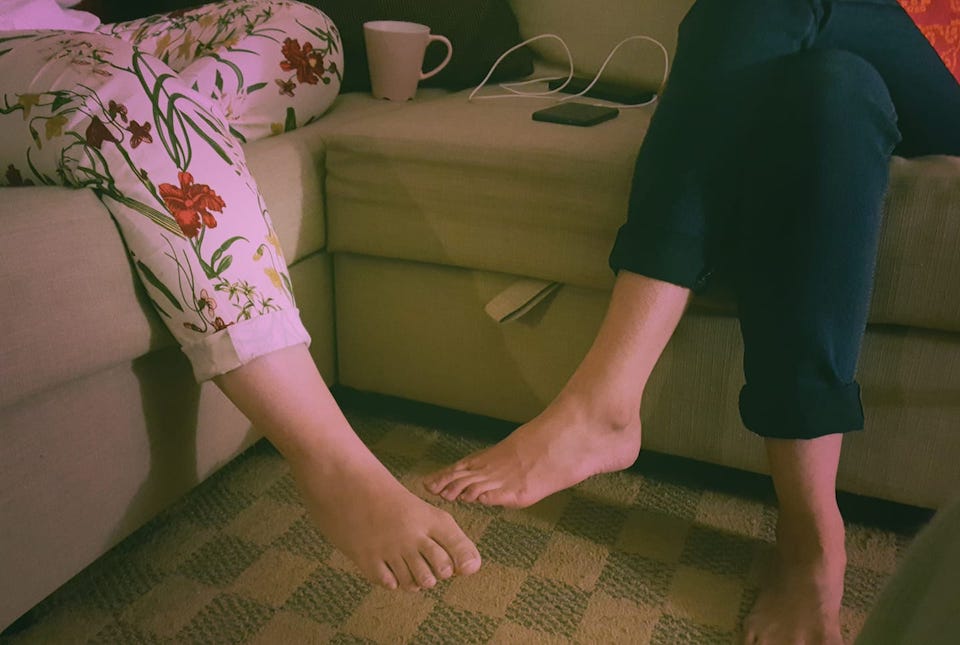Issue Editor’s Note
This monsoon issue of Yendai examines ways of imagining contestations. The idea of taking up subversion as the theme of Yendai had come up on earlier occasions and unfortunately addressing it seems to be topical given the circumstances we currently find ourselves in. Even as we agree on the theme, our approach and ways of understanding subversion differ. We approach it through two ways. First, we see sub-version as acts and practices that challenge the status quo. Second, related to the former, are the ways in which such practices become productive of new manifestations and cultures that may ironically become hegemonic in themselves and invite subversion. Acts of subversions calls for imagining new aesthetics and sensibilities through the questioning of hierarchical practices of hegemonic cultural domination. The present issue is devoted to the possibility of capturing resisting narratives that emerge in such contested fault lines. Read more
— Soibam Haripriya
Poetry:
middle
by Amorette Grace Lyngwa
Ukepenuopfü II
by Theyiesinuo Keditsu
Gunhill
by Thangjam Ibopishak
Mini India
by Thangjam Ibopishak
Short Stories:
Melting Heart
by Juri Baruah
Rahmat Ali offered me a plateful of sweets –muri laddoos (balls of puffed rice stuck together with sticky jaggery). As I leaned forward to pick up the cup of tea from the table, my eyes strayed to land on a few old issues of the Assamese magazine, Prantik, lying underneath, along with a bunch of letters bearing the letterhead of the local branch of the Asom Sahitya Sabha (A literary body of Assam). Those letters too seemed dated and quite old...
Thunderbolt from the Dark Clouds
by Satyabati Ningombam
Sanahanbi’s husband Raghu works as a peon. They lead a cosy life with three lovely children. Neighbours are envious of Sanahanbi. They consider her fortunate for having a husband who isn’t a spendthrift. But ever since an officer who loves to drink and gamble got transferred at Raghu’s workplace, his house has become a party den. It has been a daily affair...
Visual:
Essays:
Nupi Maanbi Thabal: A Brief commentary on Gender and Cultural Subversion
by Rubani Yumkhaibam
The nupi maanbis are a man to woman transgender community of the contemporary Manipur (the essay exclusively discusses transgender women, although other queer communities need crucial attention). The 21st century nupi maanbis occupy a paradoxical place in the Manipuri society. One may observe that many nupi maanbis are accommodated in family and society, mainly for the social roles they perform today, such as a beautician or a designer or a breadwinner for the family (it is still very common for people to mock a lay nupi maanbi on the roadside)...
Contested Landscapes? Imaginations beyond Gorkhaland
by Rahul Ganguly
In a conversation with one of my respondents S Lepcha she tells me, “We Lepcha’s are often seen as primitive tribal people even within the Nepali community… Although we do share the same space we have our own culture, language, myths and so on which are slowly getting lost…Of course it is important to respect different ways of living right? We Lepchas have our own stories of origin, our own relationship with the surrounding environment and I feel we should not lose touch with it.” Her friend takes cue from her to say “…You know we Lepchas are the original inhabitants of this region, we believe that we have a special relationship with the land...
Subverting Violence and Working Peace: Understanding March 5th Incident
by Devansh Srivastava
What does it take for an incident involving an orgy of violence to transcend the barriers of state censorship? More so, how does a dominant projection of an incident tend to subsume the worldview of the inhabitants? Teresa Rehman indeed provides hope in the context of Manipur protests of 2004 against the brutal gangrape and custodial killing of Thangjam Manorama. She says that state censorship is flat footed and cannot keep up with the swiftness and pervasiveness of personal accounts and the depth of that all-encompassing commons which is popular memory (Rehman, 2017)...
Raas Vignettes
by Debanjali Biswas
Ensconced within the ramparts of the Manipur University at Canchipur is Langthabal hill, the location of the raasmandop where it is believed the first Raaslila was danced in 1779. The ruins once stood as Chingthangkhomba’s palace. As an archaeological site, the ruins are protected under Manipur Ancient and Historical Monuments and Archaeological Sites and Remains Act (1976, Sec:4:1). Perhaps due to a panoptic view, Langthabal hill has been the Company Operating Base of the Assam Rifles for many years, making it an impassable zone. I had narrated the historicity of the site to a high-ranking officer in the summer. Within a few days I had received a text from him informing that the commanding officer of the base would be happy to host me for an hour under his supervision...
Cover art by Korou Khundrakpam



